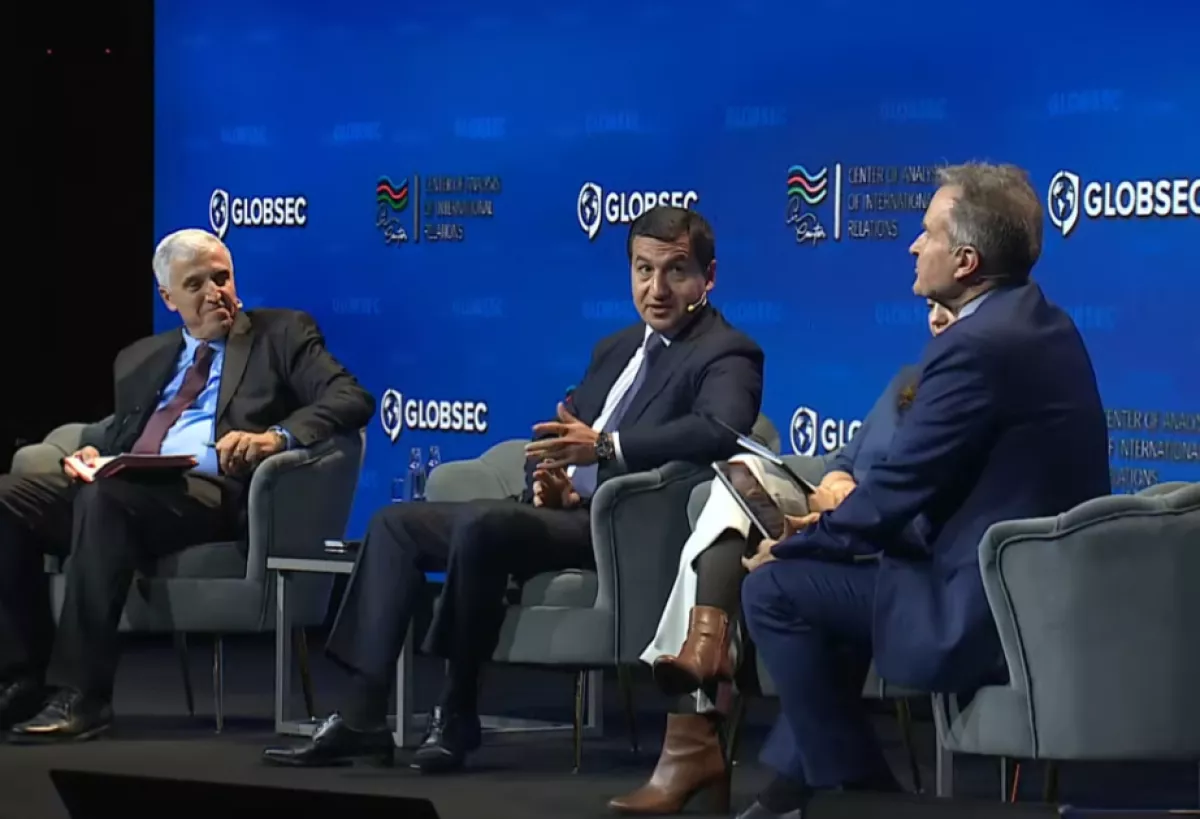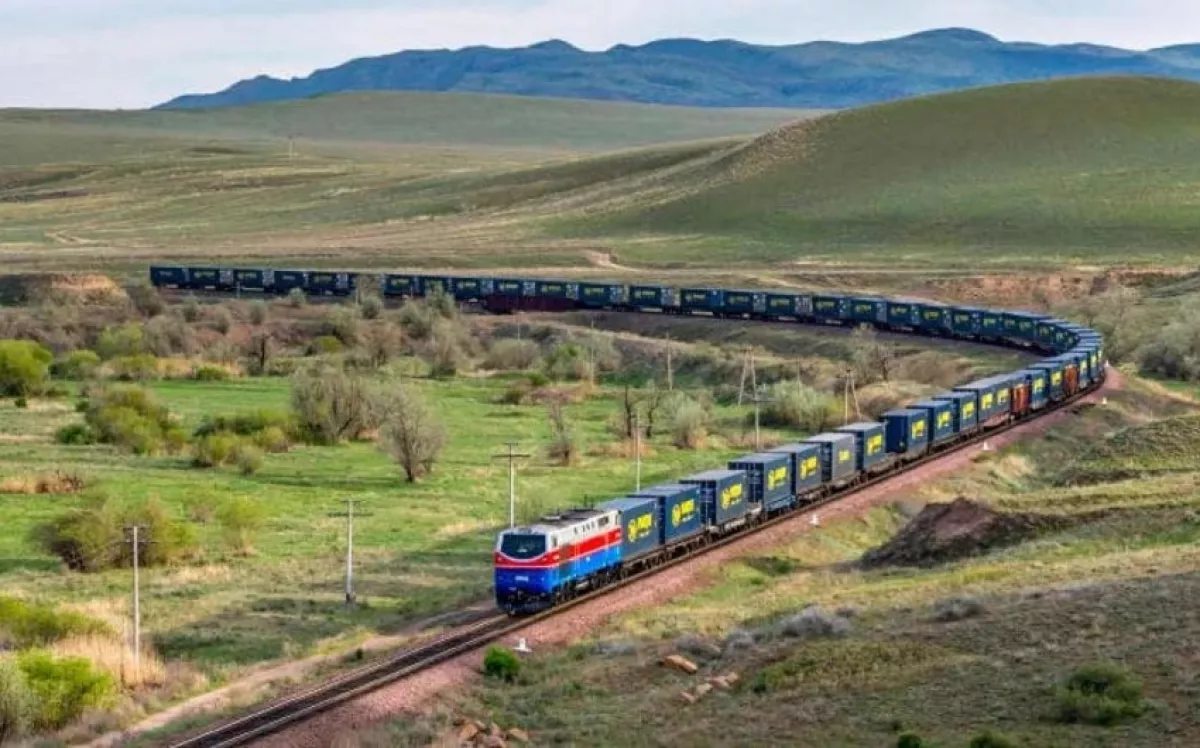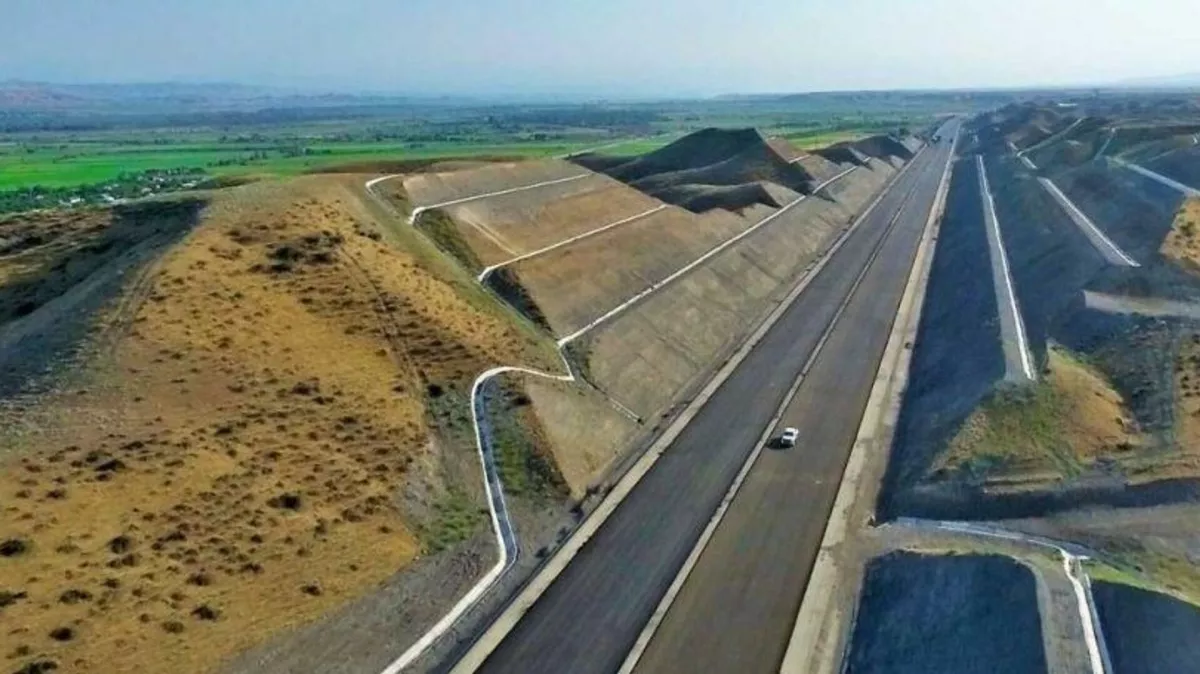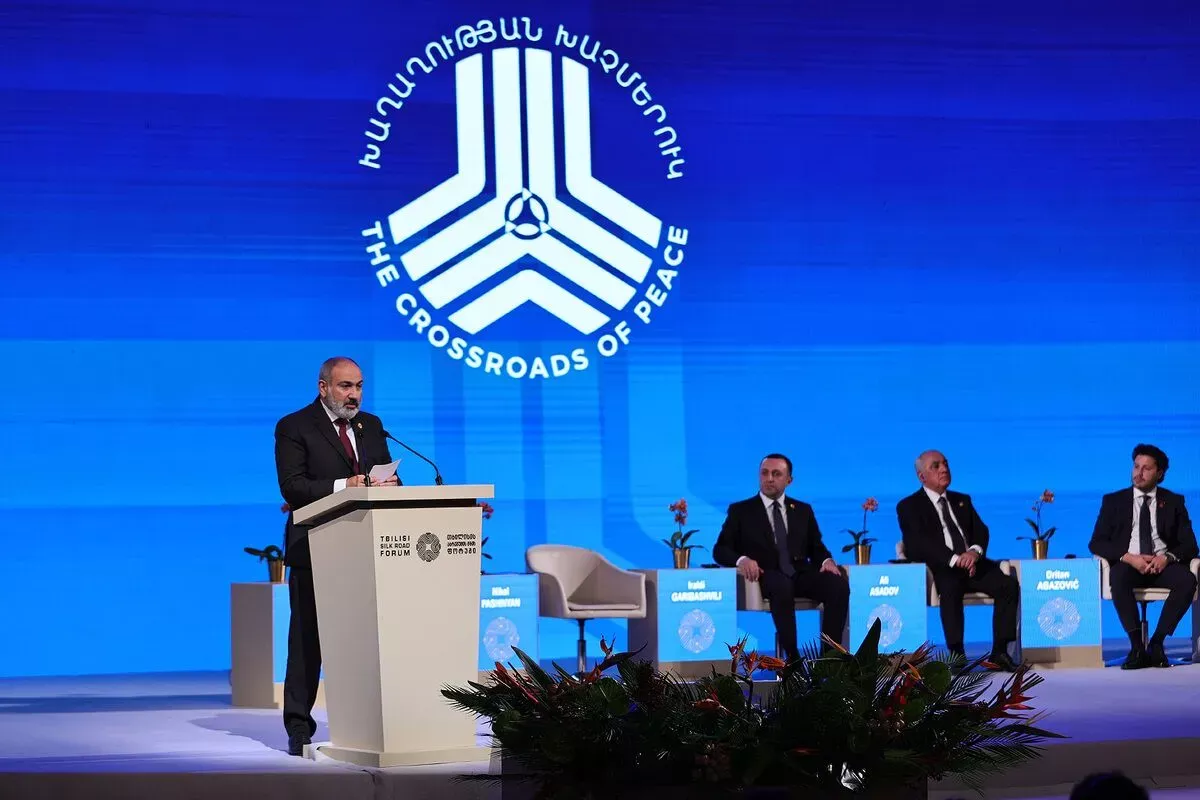The Middle Corridor on the move Baku prioritises connectivity over rhetoric
Over the past four and a half years, Azerbaijan has consistently advanced the construction of highways and railway lines in the East Zangezur Economic Region. These initiatives aim to strengthen the country's position as a transport and logistics hub along the Middle Corridor.
Azerbaijan’s work on developing transport infrastructure was recently discussed in the Czech capital during a panel session titled “The Middle Corridor: A New Geopolitical and Economic Lifeline?” held as part of the GLOBSEC 2025 forum. Participating in the forum, Hikmet Hajiyev, Assistant to the President of Azerbaijan, emphasised the need for greater efforts from the European Union as a partner ready to engage in the Middle Corridor project.

Today, most global power centres view Azerbaijan as a key transport and logistics hub in the South Caucasus, particularly within the framework of developing the Middle Corridor. Countries in Central Asia, along with Georgia, Türkiye, China, and various European states, are putting forward different route initiatives and establishing transit operations through Azerbaijan’s territory.
The demand for Middle Corridor routes surged dramatically in 2022 amid the Russia–Ukraine war and the subsequent sanctions confrontation. In the years that followed, the geopolitical rift in the region deepened further, prompting a shift in cargo flows between Asia and Europe toward the Trans-Caspian International Transport Route (TITR). To illustrate the scale of this shift: in 2023, only 10–12 Chinese container block trains passed along the TITR. But by 2024, that number had skyrocketed to 390 — a more than thirtyfold increase. This upward trend continues. In the first four months of 2025 alone, Azerbaijan Railways CJSC increased container shipments along the TITR by another 56%.

For the past seven years, the Trans-Caspian International Transport Route (TITR) has operated as a multimodal corridor combining both maritime and overland components, including cargo transshipment via the Baku–Tbilisi–Kars (BTK) railway line.
“One part of this project is what we call the ‘Railway Silk Road,’ as it centres on the railway component,” noted Hajiyev, speaking recently at the GLOBSEC 2025 forum in Prague. “Azerbaijan has invested in the construction of the Baku–Tbilisi–Kars railway and has recently allocated additional funding to increase its freight capacity from 1 to 5 million tonnes. In parallel, we are investing in the development of the Port of Baku — boosting its handling capacity from 15 to 25 million tonnes — as we prepare for a new dynamic in regional trade. We see our country and the Middle Corridor as a vital link between two major economic centres — the European Union and China — whose annual trade turnover exceeds €700 billion.”
At the same time, Hikmet Hajiyev believes that both China’s Belt and Road Initiative and the EU’s Global Gateway remain somewhat unclear in terms of their practical implementation in the region. Nevertheless, he sees synergy between the two projects and advocates for expanding cooperation and coordination.
Specifically, Azerbaijan is doing its part — working not only on the physical infrastructure but also on the “software” side: logistics, regulatory frameworks, and digital solutions. Previously, Türkiye, Azerbaijan, and Georgia independently financed and jointly implemented the Baku–Tbilisi–Kars project, later integrating their transport infrastructure with Central Asian countries, where transport networks are also undergoing modernisation. “Today, China, together with Kyrgyzstan and Uzbekistan, is building a new railway that will shorten the route to Central Asia by 900 kilometres — and through the Trans-Caspian corridor, we are linking all these developments,” Hajiyev noted.

He emphasised that there should be no illusion that the Middle Corridor is a future concept or an unbuilt vision — it already exists and functions. Azerbaijan and its partners in the Trans-Caspian International Transport Route (TITR) are actively investing in it.
“But other countries can also join in and benefit from it. Yes, certain limitations and bottlenecks remain — and this is precisely where support is needed. You ask whether we need help or investment? I would say we don’t need help — we need partnership and cooperation,” noted the Assistant to the President of Azerbaijan, stressing that the EU could become a full-fledged partner in the initiative. However, regardless of the EU’s stance, Azerbaijan will continue working with regional countries to expand the Middle Corridor’s potential — because this clearly aligns with its national interests.
On the other hand, in the next two to three years, the projected growth in cargo traffic along the Middle Corridor is expected to reach 10 million tonnes, which will require even greater transshipment capacity. Anticipating this demand, Azerbaijan launched a massive reconstruction of transport infrastructure in the East Zangezur Economic Region immediately after the 44-day war and the restoration of its territorial integrity.
A new transport project is currently underway here, aimed at connecting mainland Azerbaijan with the Nakhchivan Autonomous Republic (NAR) and providing a direct route to Türkiye — thus creating an additional high-capacity corridor linking the eastern and western ends of Eurasia.
In recent years, Azerbaijan has independently funded the construction of the cross-border international railway line Horadiz–Aghband. To date, more than two-thirds of the 110.4-km single-track section has already been laid. Simultaneously, a new highway is being built along the same route — the 123.5-km Horadiz–Jabrayil–Zangilan–Aghband motorway. Construction on most sections of this road is nearly complete, and it will soon be integrated with the NAR’s transport networks, extending towards Türkiye.

“Azerbaijan expects concrete steps from Armenia regarding the Zangezur Corridor, which holds strategic importance for the entire region,” stated Hikmet Hajiyev during the GLOBSEC forum in Prague. “Today, the conflict has been resolved, and we have established full security and stability in the region. Armenia, too, can become part of regional dialogue and key transport linkages. We have no intention to marginalise or isolate anyone in the region, but we do have certain expectations of Armenia — above all, we seek a connection to Nakhchivan, a connection we were deprived of for 30 years.”
In this context, the Azerbaijani presidential aide also commented on Armenia’s attempt to promote the alternative “Crossroads of Peace” initiative, calling it, quite frankly, a belated response. “We are not competing in a beauty contest of transport routes. The Middle Corridor is being developed primarily in the interest of our own country,” Hajiyev stressed. “It’s also essential to understand that the Middle Corridor is not simply a path from point A to point Z — there are many variables in between, including geopolitical ones. We are doing our homework: strengthening connectivity, investing in infrastructure, and this benefits not only Azerbaijan but also European businesses. The basic logic of economics tells us that the greater the connectivity, the greater the benefit for all parties — and this is something we are discussing with our European partners as part of our transport dialogue.”

It is important to recall that the Zangezur Corridor project proposed by Azerbaijan — particularly the Armenian section — is optimal in terms of having a "short transport link," and its construction would require relatively modest investment. According to recent studies, the 46-kilometre railway line between Aghband (Azerbaijan) and Yeraskh (Arazdeyen, Armenia) runs through the favourable Aras lowlands, an area well-suited for construction. Given the mild climate, the route is fully operational year-round, and the estimated cost of laying the line is approximately $230 million.
Notably, Point 9 of the Trilateral Statement signed on November 10, 2020, clearly outlines Armenia’s obligations regarding the opening of transport communications with the Nakhchivan Autonomous Republic (NAR). To that end, in January 2021, a working group was established at the level of the deputy prime ministers of Azerbaijan, Russia, and Armenia. However, four and a half years later, Yerevan has not only failed to authorise the start of design or construction works but is actively seeking to avoid fulfilling its commitments under the agreement.








